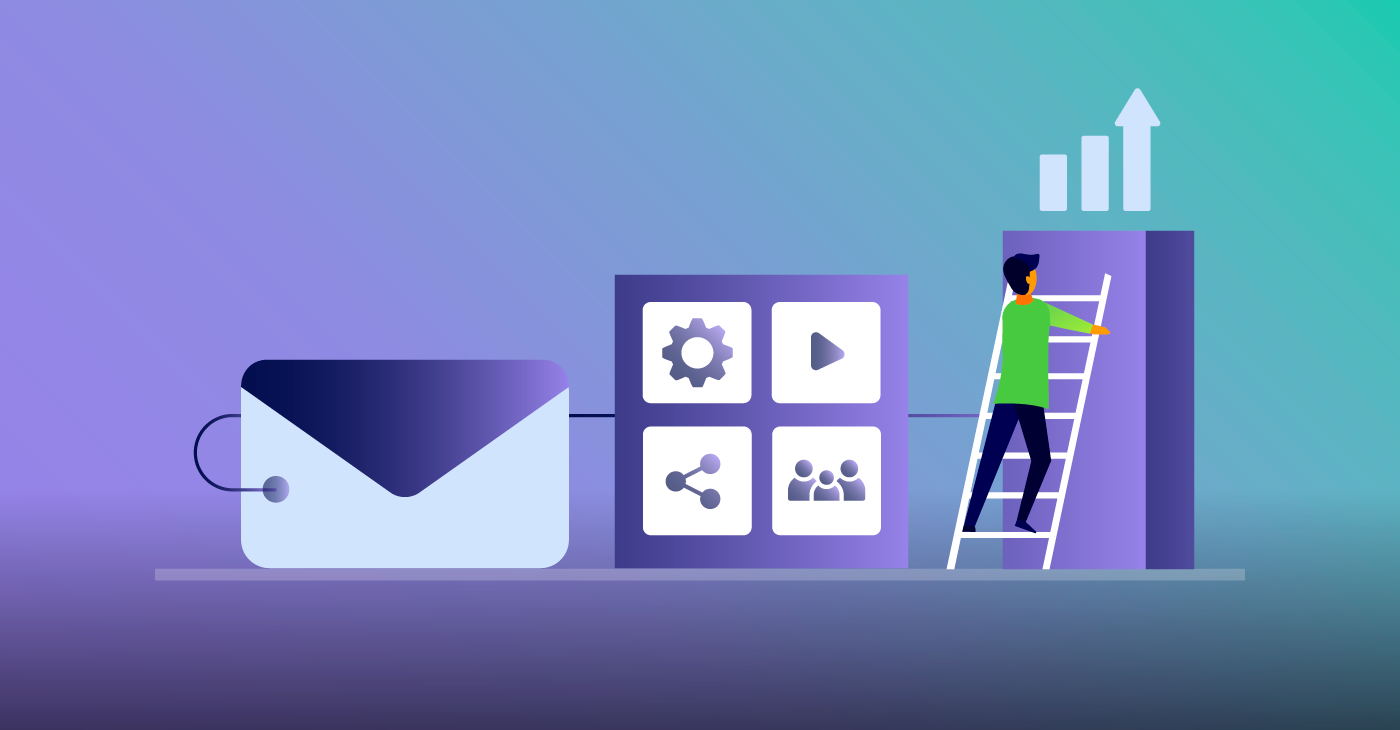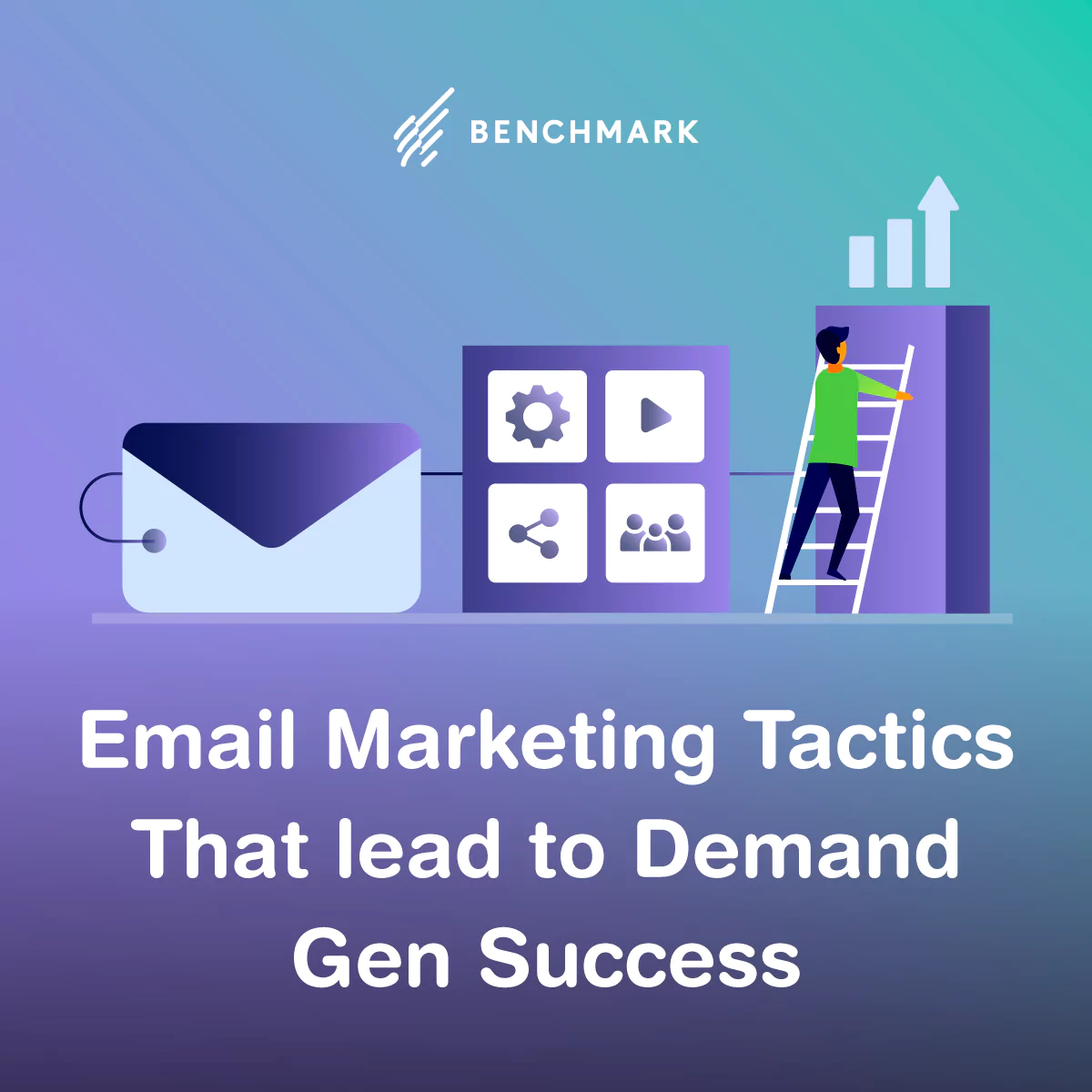
As marketers, we’re often consumed with generating leads, and rightfully so. More leads mean more possible customers, and more customers mean more revenue. But with all our focus on lead generation, we forget about something that is just as important, if not, more. It’s called “demand generation.”
Are you intrigued? Are you confused? Don’t worry; we’ll explain the basics of demand generation and how email marketing can help you achieve it.

What is Demand Generation?
Demand generation refers to a range of marketing techniques that are driven toward increasing awareness in your brand and interest in your company’s products and services. A useful term for putting this into context is AIDA:
- Attract Attention
- Maintain Interest
- Create Desire
- Get Action
Rather than referring to just one specific type of marketing, demand generation encompasses more of marketing philosophy. More specifically, it’s about building awareness through multiple marketing channels so that you can capitalize on that awareness once you’ve got it.
Email marketing has a big role to play here. When they’re crafted with demand generation in mind, emails can stir up a ton of interest and engagement in your brand, which in turn trickles down into other marketing goals and, ultimately, improves your ability to generate leads. Here are some ideas on how to do it.
4 Email Marketing Tactics for Demand Generation
Demand generation is like throwing a lure out into the ocean, while lead generation is what you do once you’ve caught interest. Use these email marketing tactics to cast out as many lures as possible and give your team a greater pool of prospects for generating new leads.
1. Promos and Giveaways
Who doesn’t love free stuff? Nothing sparks interest quite like a promo or giveaway, which provides prospects with free or discounted products, services, or content in exchange for their engagement with your brand. Incentives like these are great for building awareness and growing your email list and can help attract prospects that might not otherwise have found you. Furthermore, promos and giveaways give prospects a taste of what you have to offer. This can lead to a desire for more, whether it’s more of your product or service or simply more engagement.
2. Personalization
When you personalize your emails, you show your prospects that they’re important to you. You also show that you know about their needs and can be the solution that they’re looking for. Without personalization, demand generation and lead generation emails tend to fall flat, failing to capture attention or build some much needed brand-consumer trust.
To put personalization to work for your brand, start with your CRM data. CRM tools track your relationship and interactions with prospects and lead and give you insights into their behavior that you can then use to send over content that’s most appealing to them. Pair that CRM data with a marketing automation tool to track on-site behavior like downloads and page views, and get the most comprehensive picture possible of what will interest, engage, and incentivize email recipients to stick around.
3. Make Your Emails Shareable
Prospects tend to share compelling emails that they receive with friends and other contacts who have similar interests or needs. Make it easy for them by making shareability a priority when you craft your content.
Some ways to do this include:
- Asking them to do so in the message – “Know someone who will find this email helpful? Forward it to them!”
- Including a button that automatically generates a shareable template for them.
- Adding social media icons to your emails, making it quick and painless for recipients to share your emails on their social channels
Altogether, these efforts help remove the hurdles that sometimes stand in the way of shareability, thereby increasing your chances of generating more demand out of each email that you send.
4. Partner Up
A marketing partnership allows you to collaborate with another industry brand and dip into their prospect base. Work with reputable, relevant brands on things like giveaways and webinar series to facilitate demand generation for both of your companies with one targeted effort. Key to making this partnership work is only partnering with a brand that already has a designated and engaged following — and be sure that you have the same to offer them in return. If it’s a good match, you’ll both be able to increase your demand generation capabilities and make a big push toward increased brand awareness.
Important to note for all demand generation efforts, marketing, and sales goals should be closely aligned. You need to have a keen idea of how your sales team qualifies leads and what hurdles they see in leading progress. Think of demand generation like its own funnel, with unique stages that need to be met to take each prospect a step further along.



